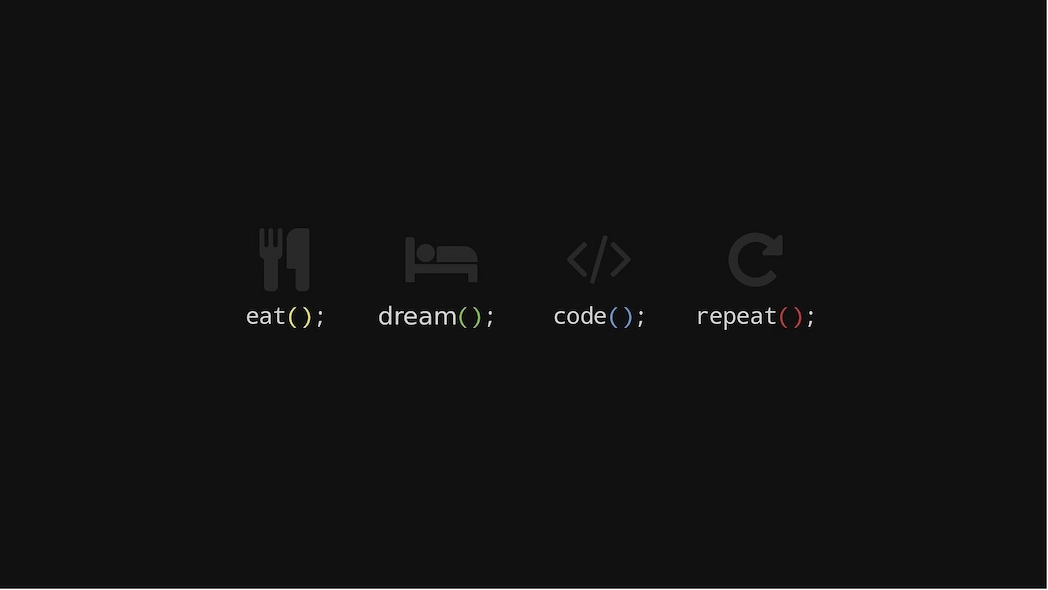


Ein Headless CMS (Content Management System) ist ein Content-Management-System, bei dem das Backend (die Inhalte und ihre Verwaltung) vom Frontend (der Darstellung für die Nutzer) vollständig getrennt ist.
Backend und Frontend sind gekoppelt.
Die Inhalte werden im System erstellt und direkt als HTML über ein fest integriertes Theme angezeigt.
Vorteil: Alles aus einer Hand.
Nachteil: Eingeschränkte Flexibilität, schwer für Multi-Plattform-Ausgabe (z. B. App + Webseite + Smartwatch).
Nur Backend.
Inhalte werden über eine API (z. B. REST oder GraphQL) bereitgestellt.
Das Frontend (z. B. eine React-Webseite, native App, Digital Signage) holt sich die Inhalte dynamisch.
Vorteil: Sehr flexibel, geeignet für Multi-Channel-Ausspielung.
Nachteil: Frontend muss separat entwickelt werden (mehr Aufwand).
Webseiten mit modernen JavaScript-Frameworks (z. B. React, Next.js, Vue)
Mobile Apps, die denselben Content wie die Website zeigen sollen
Omnichannel-Strategien: Website, App, IoT-Geräte, etc.
Contentful
Strapi
Sanity
Directus
Prismic
Storyblok (Hybrid-Ansatz mit Visual Editor)
Storyblok ist ein benutzerfreundliches, headless Content-Management-System (CMS), das Entwicklern und Marketing-Teams hilft, Inhalte schnell und effizient zu erstellen, zu verwalten und zu veröffentlichen. Es bietet eine visuelle Bearbeitungsoberfläche, die es ermöglicht, Inhalte in Echtzeit zu gestalten, und ist flexibel mit verschiedenen Frameworks und Plattformen kompatibel. Durch seine API-first-Architektur können Inhalte auf jeder digitalen Plattform ausgespielt werden, was es ideal für moderne Web- und App-Entwicklung macht.